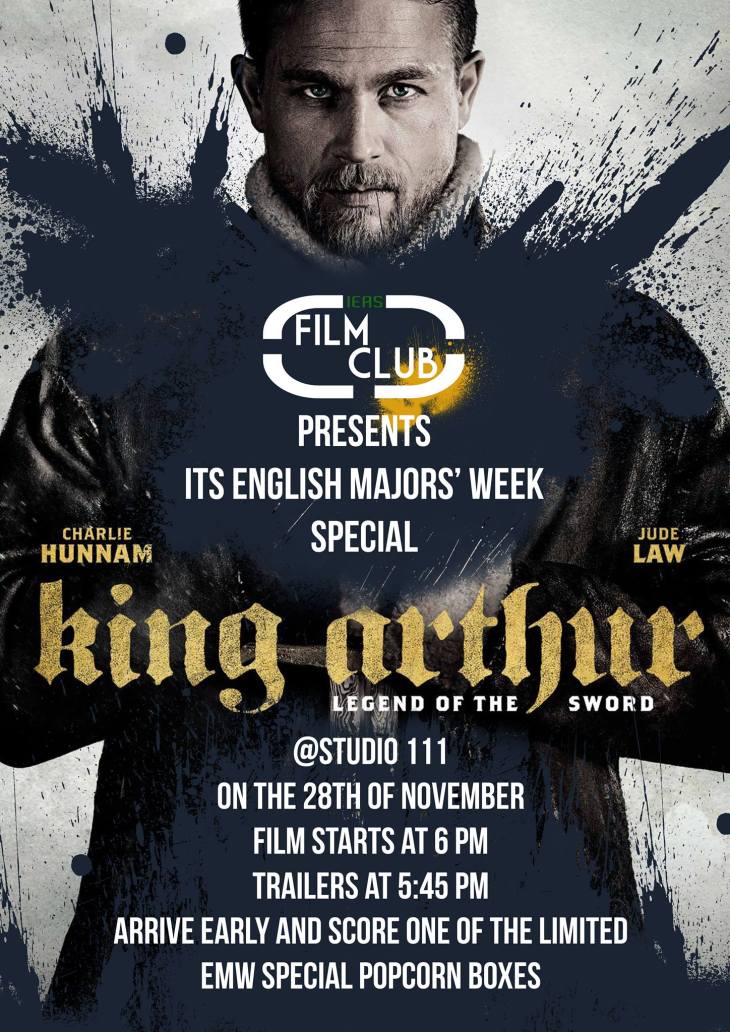Péter Bodnár is reporting from, well, not from next to the Red Carpet, but he does have a red carpet in his living room.
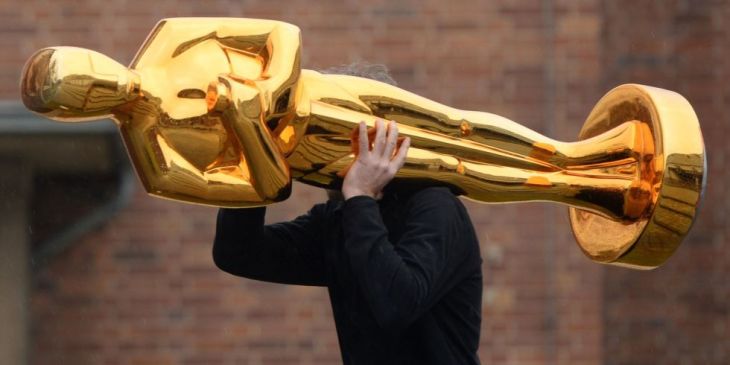
(Source: digitalspy.com)
Last night in Los Angeles, the 90th Academy Awards Ceremony took place. There were winners and losers, but pity the losers not, they were present in the greater number, so they had more compassion going for them. If you run through the list of winners, it paints a quite dull picture of the event, as mostly the expected nominations won, with little to no surprises. Especially so, if you take into considerations that no death was reported from the scene, considering the Dothraki standards, of course. Without further ado, let’s dive into the winners. Not all of them, but the meaningful ones. For those of you, who hunger for the complete list of categories, their nominations and its winners, check out the official webpage of the Awards at oscar.go.com.
Best Picture: Shape of Water
Aaaaaaand I’m already counteracting myself. The first category we check, probably the most important one is somewhat of a suprise. Not that big though, Shape of Water was the expected film to earn the greatest amount of statuettes this year, but still. The film shared this category with the likes of Dunkirk, Darkest Hour and Lady Bird, for all of which good arguments could be made. Also, where is the Three Billboards from this category? Although I did not see all of the films (Shape of Water is still something I have to consume), in my eyes it is a monumental task to make a better film than Three Billboards. With that one missing its entry, Shape of Water seems as good as the next one to win this.
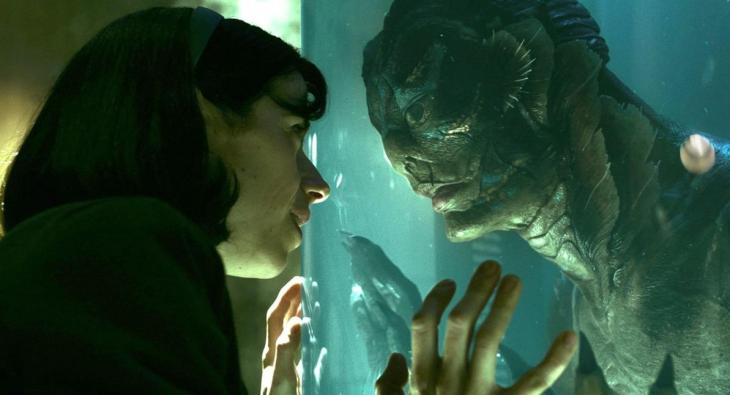 (Source: digg.com)
(Source: digg.com)
Actress in a Leading Role: Frances McDormand – Three Billboards Outside Ebbing, Missouri
Okay, I admit, I cheated. Most of the times (all the time) the Best Picture is followed by the Best Actor in a Leading Role. But why not put women ahead? So we’re doing it. Three Billboards’ leading actress McDormand deserved this one, she did a hell of a job for the film. This category this year was not that strong, I feel like the other contenders are great actresses, but in their nominated role they just could not get anywhere near McDormand.
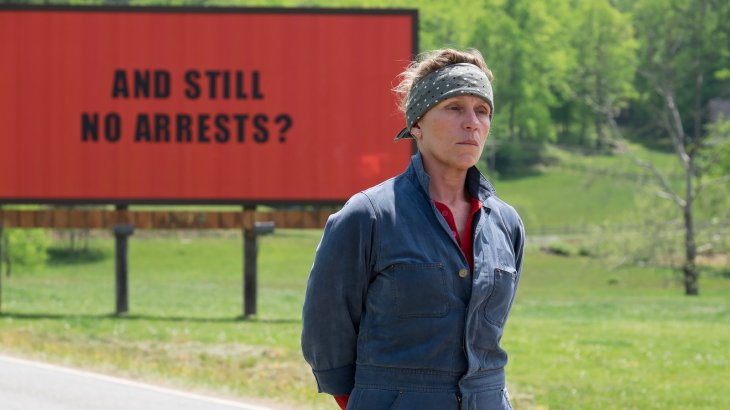 (Source: nytimes.com)
(Source: nytimes.com)
Actor in a Leading Role: Gary Oldman – The Darkest Hour
So the dear and deeply respected comittee of the Academy decided to kill the memes of these last couple of years and giving out Oscars for people, whose names the audiences around the globe has screamed for years now. After Leo getting his own, Oldman gets one as well. Well deserved, not just as Churchill this year (but definetly for Churchill as well), but for being such a great actor for decades now.
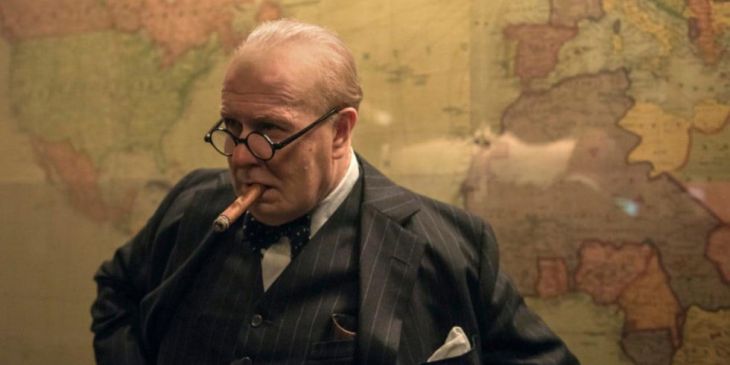 (Source: digitalspy.com)
(Source: digitalspy.com)
Actress in a Supporting Role: Allison Janney – I, Tonya
I have not seen this one yet, but from the list of names in this category, the nominations were quite.. average. Not to take any credit away from the nominees, but this category seemed.. honestly?.. meh.
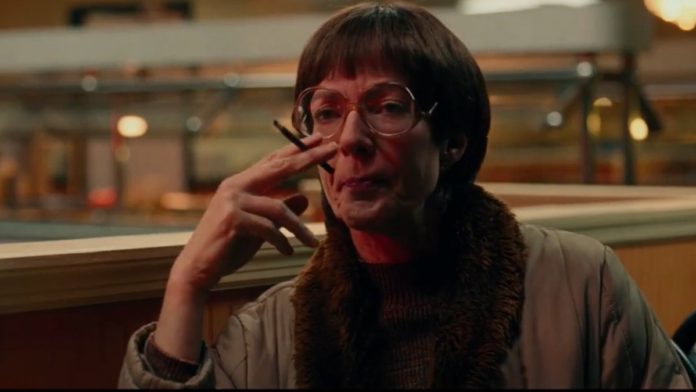 (Source: roundhouseradio.com)
(Source: roundhouseradio.com)
Actor in a Leading Role: Sam Rockwell – Three Billboards Outside Ebbing, Missouri
Another well deserved one. Sam Rockwell lives in the mind of most as ‘the guy from those movies’. Everyone knows his face, but not his name. Hopefully this changes with this years Academy Awards, as he acted phenomenally in Three Billboards. Although the competition does not seem the harshest, it does not diminish the value of his acting.
 (Source: variety.com)
(Source: variety.com)
The other categories went on mostly as expected, but it was definitely good to see Bladerunner win 2 statuettes, and very disheartening to see that the Hungarian nominee did not win its deserved award for political/pr reasons, while it was put as the undisputed best in its category by critics. But at the end of the day, it’s the Oscars… Where politics and public opinions matter quite a lot.
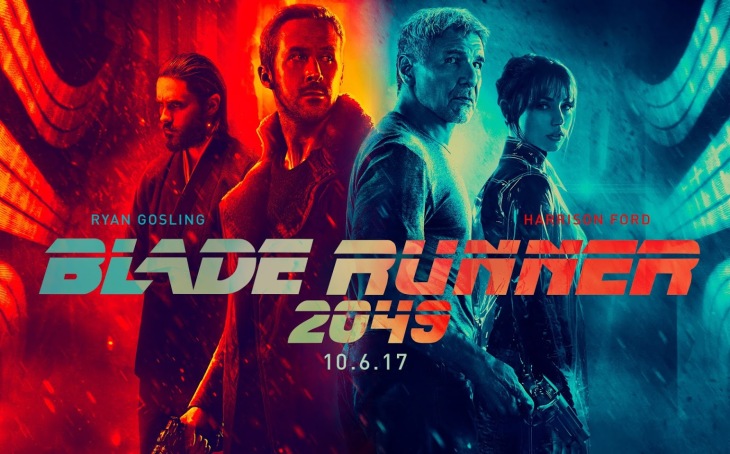 (Source: timegoesby.blog.hu)
(Source: timegoesby.blog.hu)
After this short review of the Oscars (for more, visit the web page of the Academy, or you know.. just google it, for weeks this will be all over the search engine’s pages) if you did not have your fill of films and cinematography, join us tomorrow (Tuesday) at 6 p.m. in Studio 111 of the Institute, where we’ll screen The Darkest Hour, and hail an ode to Gary Oldman after the screening, in appreciation of his long awaited statuette.
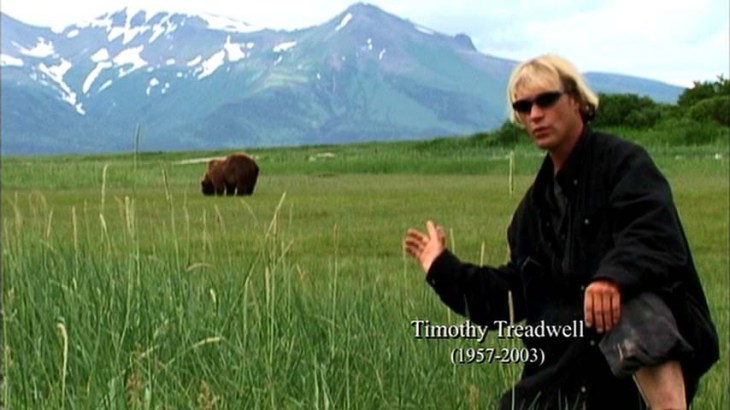


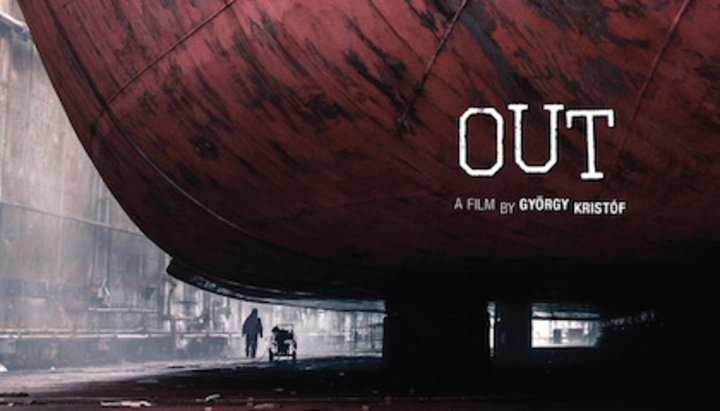

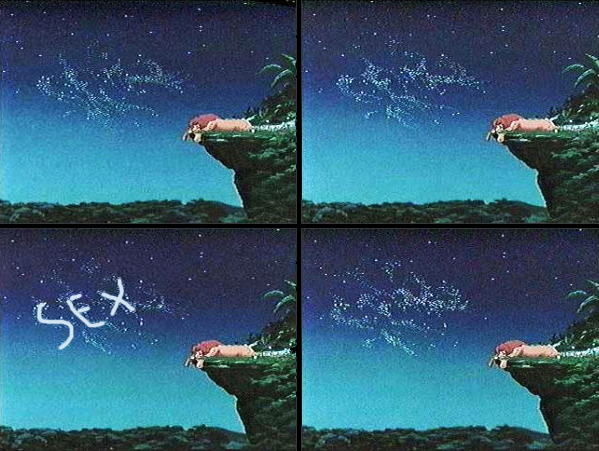
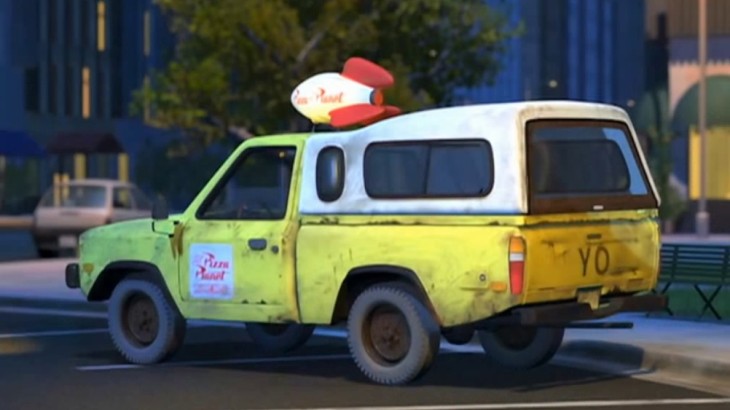
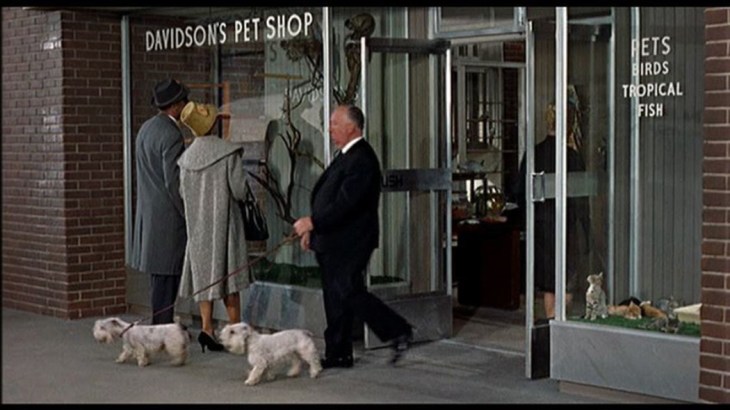
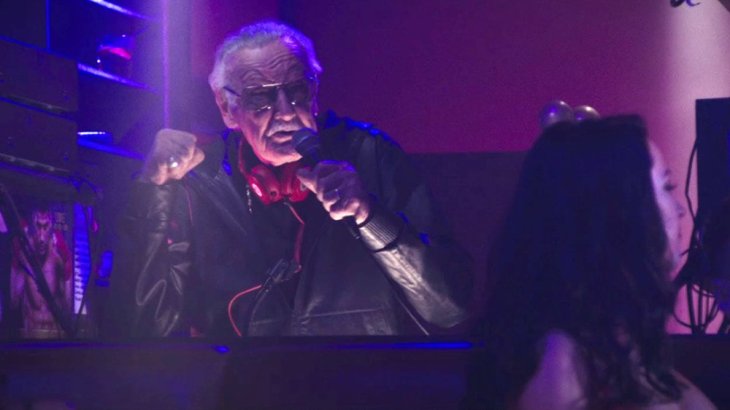
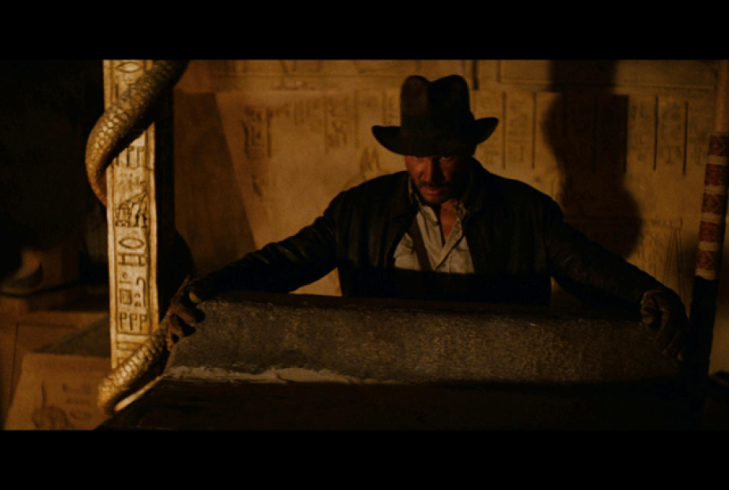
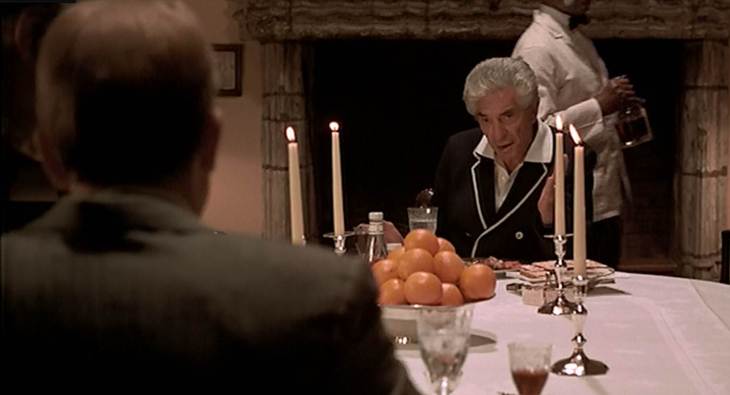
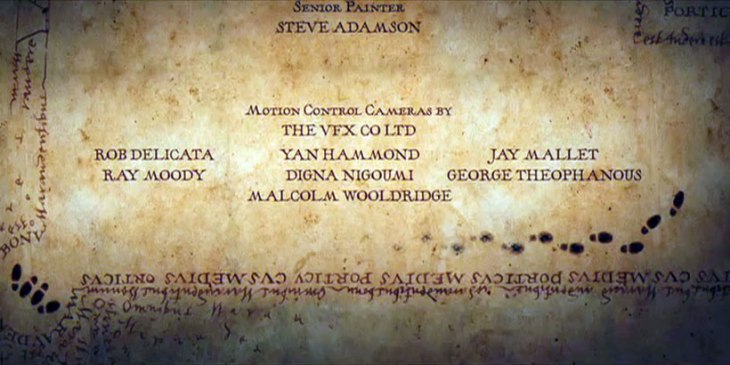

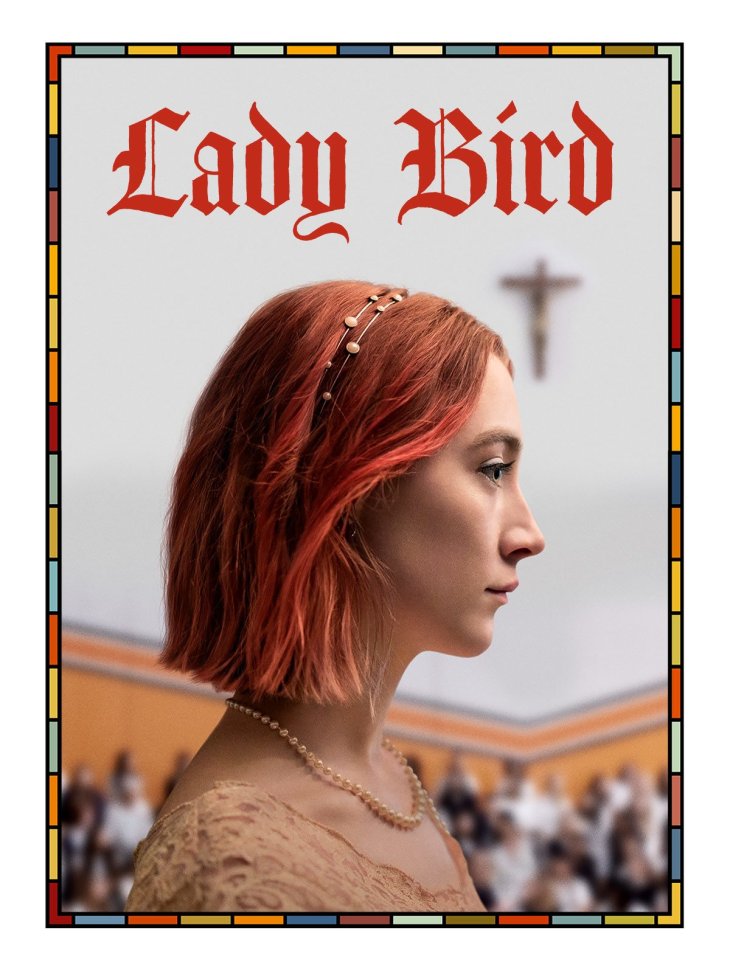

 (Source: digg.com)
(Source: digg.com) (Source: nytimes.com)
(Source: nytimes.com) (Source: digitalspy.com)
(Source: digitalspy.com) (Source: roundhouseradio.com)
(Source: roundhouseradio.com) (Source: variety.com)
(Source: variety.com) (Source: timegoesby.blog.hu)
(Source: timegoesby.blog.hu)